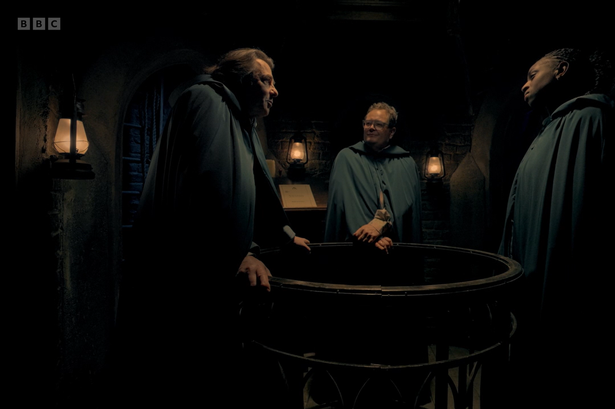A popular Australian radio show has been axed following a much-discussed controversy involving Keith Urban, in which he hung up on the programme amid an interview
A popular Australian radio show has been axed following a much-discussed controversy involving Keith Urban. The Aussie musician, 57, made an appearance on Australian Radio Network (ARN)’s Hayley & Max In The Morning, which has been hosted by Max Burford and Hayley Pearson for just under a year.
The interview took place just weeks before it was revealed that he and Nicole Kidman had called time on their near-20 year marriage, and that the Hollywood actress had filed for divorce herself. It all seemed to be going well until he was asked about Nicole’s sex scenes with Zac Efron in their film A Family Affair
He was asked: “What does Keith Urban think when he sees his beautiful wife with beautiful younger men like Zac Efron, having these beautiful love scenes on TV?” Keith’s only response was to end the interview then and there. A member of the crew was heard saying he and his team didn’t like the line of questioning and pulled the chat.
READ MORE: Keith Urban ‘drops Nicole Kidman-inspired song from tour’ amid shock divorceREAD MORE: Keith Urban and Nicole Kidman’s extreme custody plan for children with unique arrangements
Less than six months after the viral moment took place, the radio broadcaster announced that the Mix102.3 show would air for the final time on December 12. A representative said: “In 2026, the station will launch a new live and local breakfast show as part of a refreshed whole station strategy focused on bolder content and bigger moments that really set the station apart.”
It comes just days after the news that Brisbane breakfast show Robin, Kip & Corey Oates had also been axed by the network. The rep also thanked the on-air team for their “hard work, creativity and commitment to the Brisbane audience” during their time in production.
According to an email seen by Mediaweek, the network ‘can’t reveal details just yet’ of what is to come for the broadcaster. Following the controversial moment with Keith, Max Burford, the radio show’s host, then remarked that he thought they were ‘vibing’ with the country music star and wondered if Keith now disliked them.
He added: “I thought we were vibing with Keith. Do we have beef with Keith Urban now?”
His co-host, Hayley Pearson, added that she thought their line of questioning would make Keith “hate” them: “He hates us. I knew that was going to happen.” Keith’s angry response to questions about his wife’s films came just after their 19th wedding anniversary.
The couple, who married in Sydney in 2006 after meeting at a Los Angeles event in 2005, have two daughters, aged 17 and 14. The divorce documents include a detailed parenting plan, with Kidman set to be the primary residential parent for 306 days of the year. Urban will have the remaining 59. The filing states both girls will remain in Nashville, where they’ve lived their whole lives.
“The mother and father will behave with each other and each child so as to provide a loving, stable, consistent and nurturing relationship with the child even though they are divorced,” the agreement reads.
“They will not speak badly of each other or the members of the family of the other parent. They will encourage each child to continue to love the other parent and be comfortable in both families.”
Reports claim that neither will seek child or spousal support, with the filing noting both earn over $100,000 per month. Assets, including royalties and copyrights, will be split equally, with each keeping what is in their name.
The parenting agreement was signed by Urban on August 29 and by Kidman on September 6 – suggesting the split had been planned well before it became public. Under Tennessee law, the divorce will take at least 90 days to be finalised.
This was Urban’s first marriage and Kidman’s second. She was previously married to Tom Cruise, with whom she has two older children. Just last year, at a Netflix premiere, Kidman told the Associated Press, “You’re heading for trouble if you consider yourselves the perfect couple. I’m not a believer in perfect.”
Earlier that year, Urban emotionally paid tribute to Kidman at the AFI Life Achievement Award ceremony, saying, “Four months into our marriage, I’m in rehab for three months. Nic pushed through every negative voice, I’m sure even some of her own, and she chose love. And here we are 18 years later.”
Like this story? For more of the latest showbiz news and gossip, follow Mirror Celebs on TikTok, Snapchat, Instagram, Twitter, Facebook, YouTube and Threads.








































